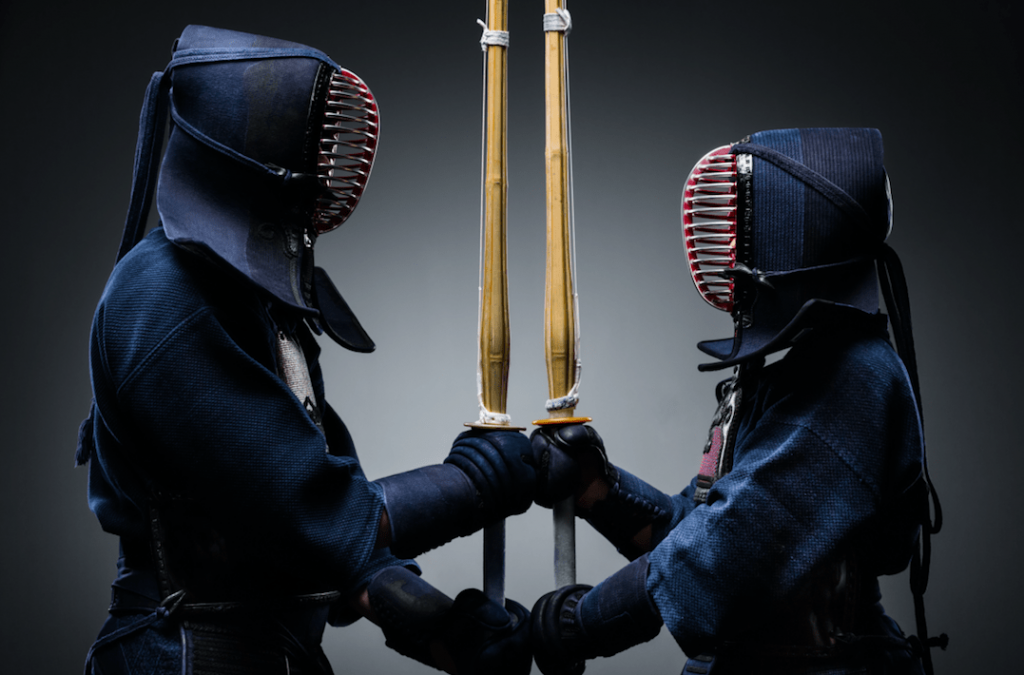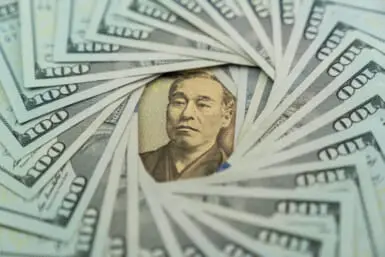Need to burn some calories, but bored of your standard training sessions? Since we’re in Japan, it makes sense to try something traditional…
Last year’s fitness trend was all about less is more, with many choosing to do weight training from home, or to count the number of steps taken each day in lieu of taking time out for a jog around the block. But there’s something to be said for turning your workout into a sociable occasion and joining a group class, especially if you’re new to the city, or simply feel like meeting new people. To that end, we’re recommending five martial arts classes to try, including a couple of classics as well as some more modern ones. (If, on the other hand, you’d like to try the latest fitness trend to hit Tokyo, read about Surfset Fitness here.)
Jiu Jitsu
If you prefer more action to meditation, Japanese jiu jitsu might be a good option for you. Developed by samurai warriors as a weaponless fighting technique to be used in times when they had no sword on hand, it’s considered to be one of the oldest Japanese martial arts. The jiu jitsu-ka learns to react quickly to an opponent’s attack, using their energy against them, and incapacitating them with techniques such as pins, joint locks and throws. In this sense, it’s a little like wrestling as it requires full body effort and contact, which also makes it ideal for strength and cardio training. The sport also focuses on breathing techniques, increases flexibility, and endurance.
Where to try it: Axis Jiu Jitsu Academy, www.axisjj.com
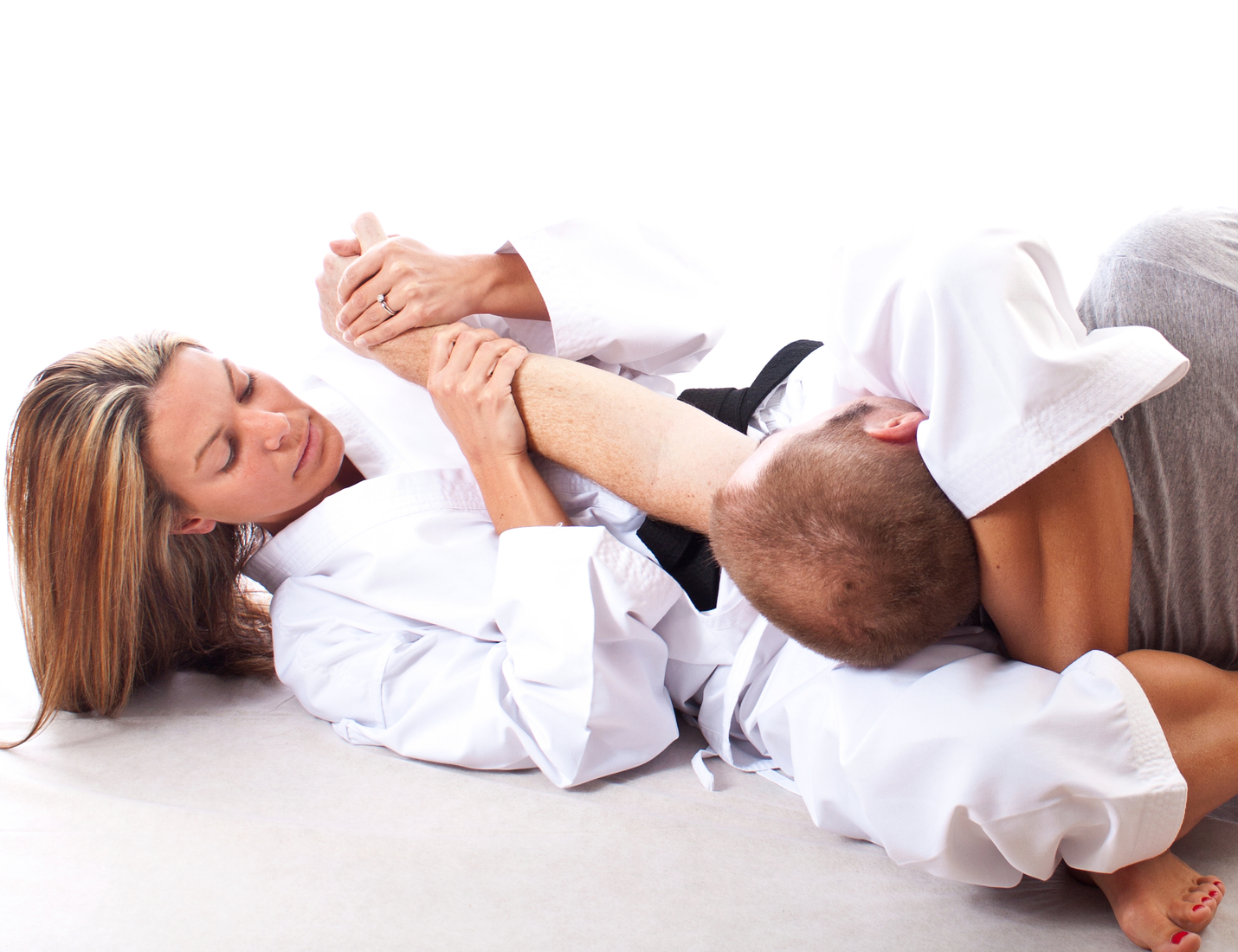
Aikido
Derived at least partly from jiu jitsu, aikido is among the youngest of the traditional Japanese sports. As the “ai” in “aikido” indicates, it focuses on peaceful resolution of a conflict. Another big aspect is self-development. While aikido is always practiced with a partner, there are generally no competitions, and the movements are almost like a choreography. Aikido is great for a full body workout – although beware there is a bit of throwing and falling involved, so you might end up with a few bruises. It is much more predictable than jiu jiutsu, though, so it allows the practitioner to reach a state of relaxation. In aikido, the opponent’s power is used against him or her, which makes it a good option for all ages and levels as superior strength is not required.
Where to try it: Aikikai Foundation, www.aikikai.or.jp/eng/index.html
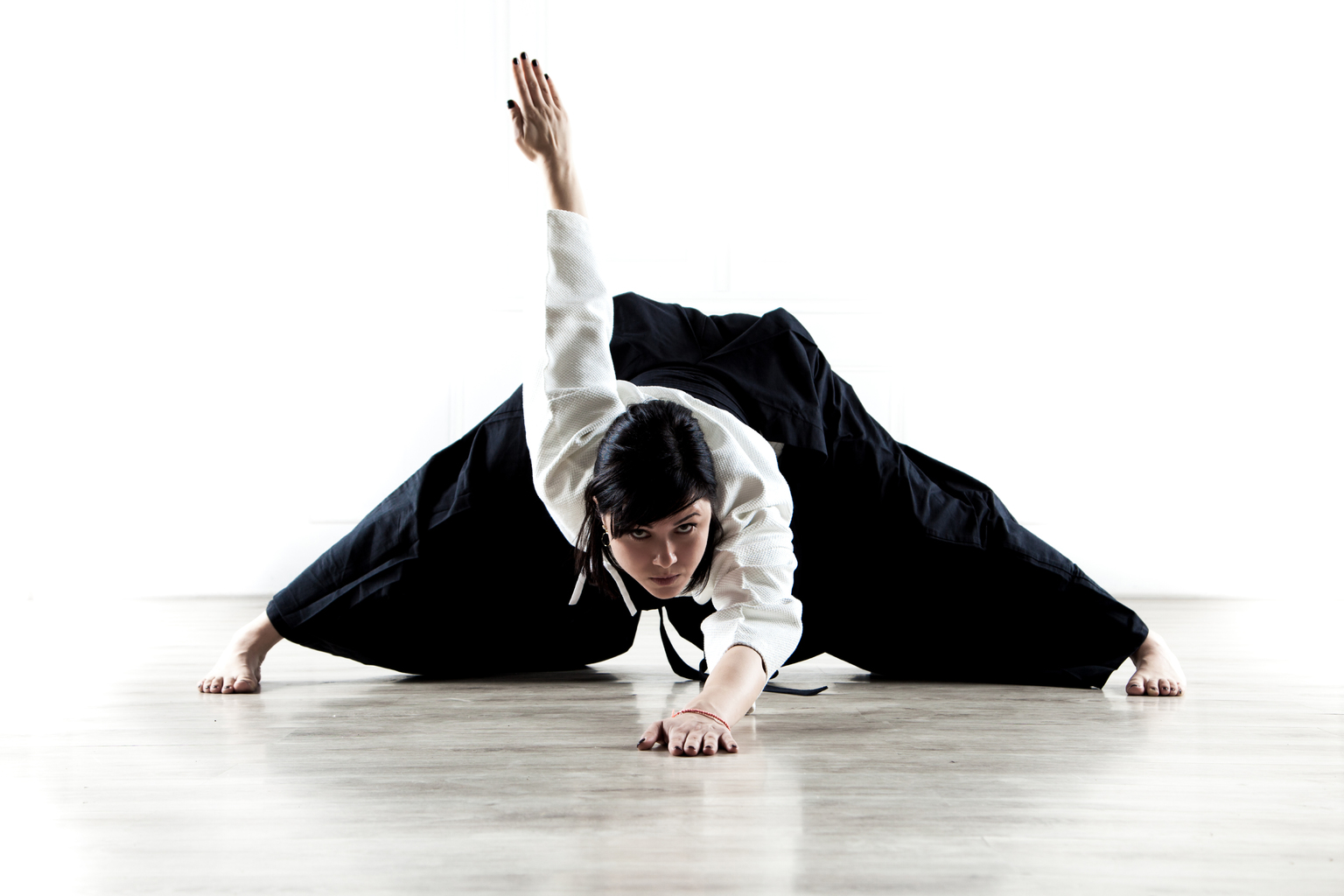
Kendo
Although this modern Japanese martial art, which got its start in the 1800s but was only officially named kendo in 1920, is mostly associated with samurai-style sword fighting, kendoka (kendo practitioners) use wooden swords called bokken rather than sharp blades. As etiquette plays an important role, every fight begins and ends with an exchange of formal bows. A kendo bout is only five minutes long, and ends when one kendoka twice strikes the other on a designated strike zone (head, trunk, forearm, and the part of the throat just beneath the chin).
A short yell, called kiai, is uttered each time a strike is made. Besides improved strength, endurance and overall fitness, kendo sharpens the mind and reactive abilities.
Where to try it: Tokyo Kyumeikan Kendo Dojo, kyumeikan.info
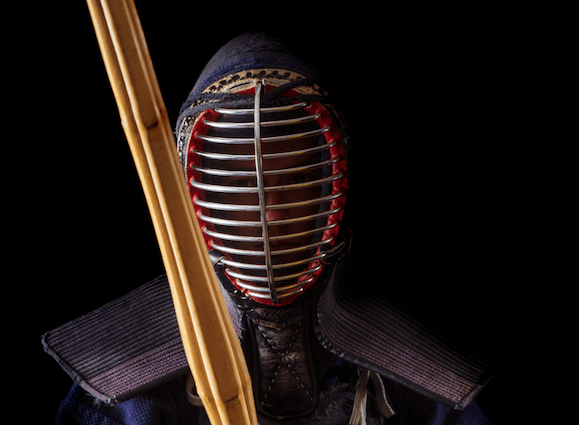
Kyudo
With origins dating back to the Yayoi period (300 BCE to 300 CE), Japanese archery was developed into the art form kyudo during the Edo period. For many, a sign of a good kyudoka is an aura of serenity, hence mental training comes first, followed later by attempting to hit the target, which stands 28m away from you, and is only 36cm in diameter. If you hit the target, everyone shouts “sha,” which means “arrow” or “shot.” Interestingly, in Japanese archery, the kyudoka always shoots two arrows in succession. They rotate in opposite directions and can be seen as a “female” and a “male” arrow. With its focus on mindset, kyudo can be viewed as a kind of moving meditation, and so is especially recommended for those seeking a spiritual way of training body and mind.
Where to try it: Koto-ku Kyudo Renmei, kokyuren.com/english.html, or Shinjuku-ku Archery Association, shinjuku-archery.com/index.html
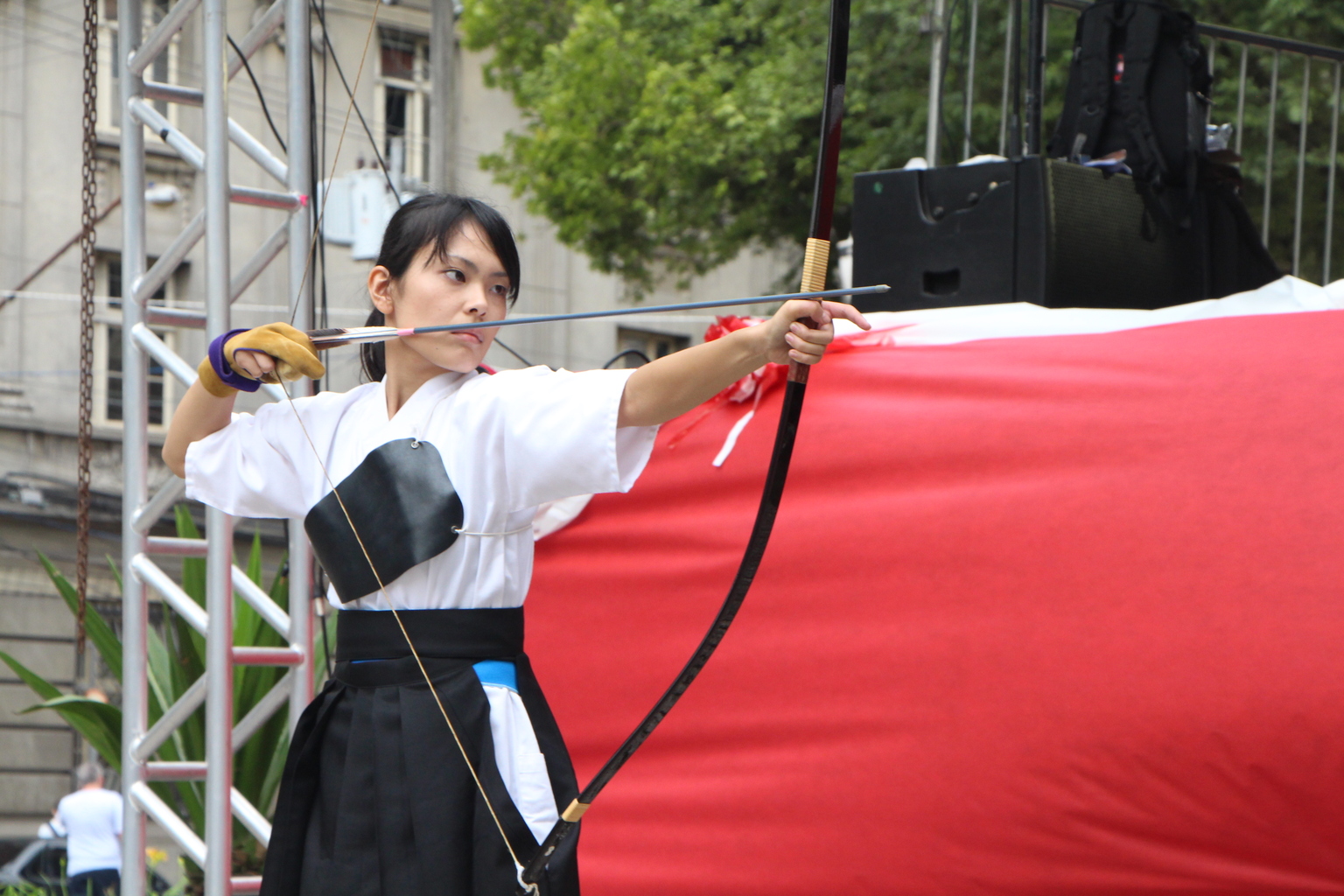
Iaido
This martial art got its start in the 1500s, and is performed with a Japanese long sword called katana. However, the focus is not on combat but rather on being present, aware, and being able to swiftly draw one’s sword in order to respond to a surprise attack. The iaidoka learns how to react to an endless set of situations, ending their motion with the re-sheathing of the sword. In a way, iaido is more about choreography and defense than attack, with the focus being on the development of a focused and clear mind, calm nerves, and balance of the body.
Where to try it: Isokai, www.mugairyu.jp/english/index.html
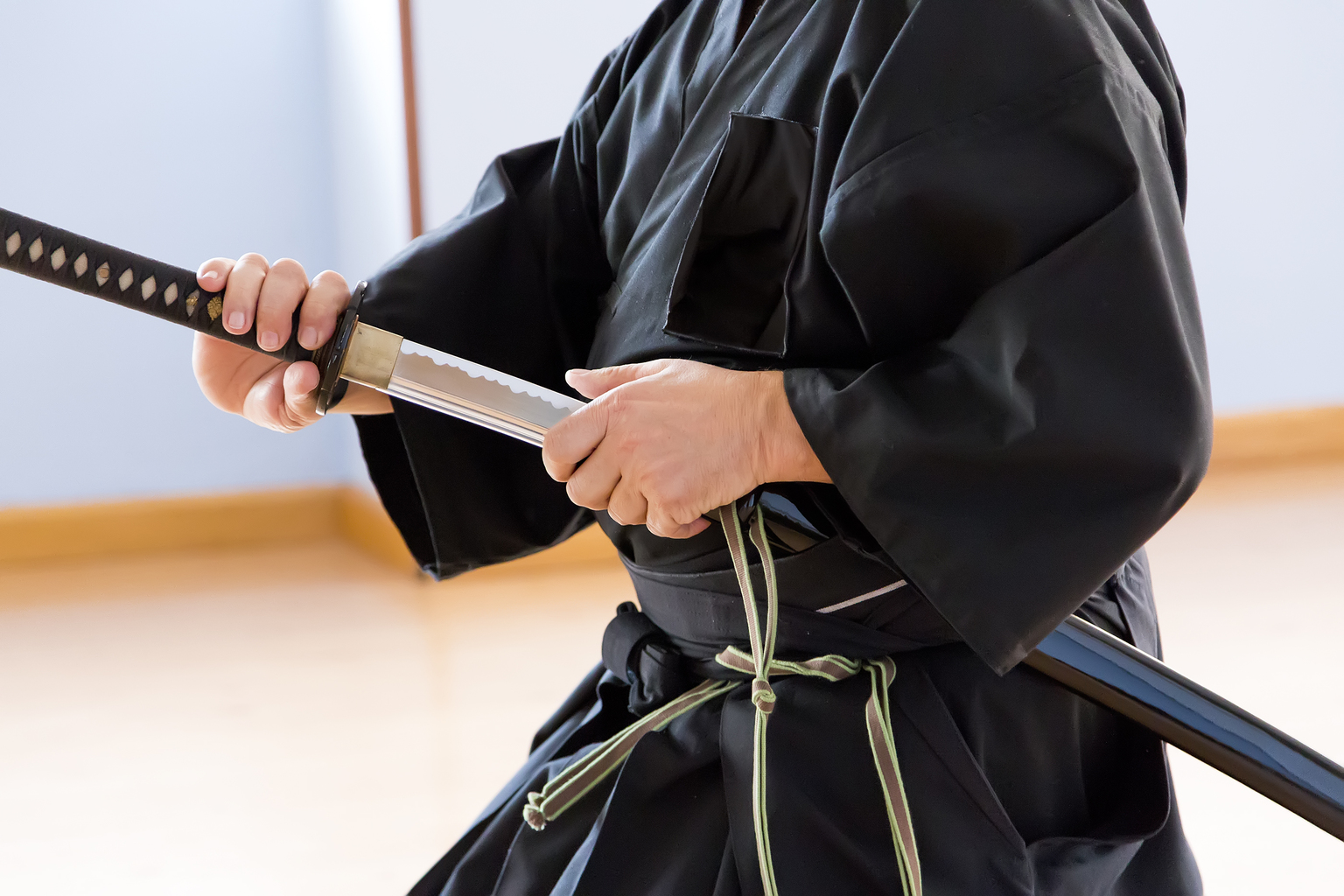
This article appears in the January 2017 issue of Tokyo Weekender magazine.

